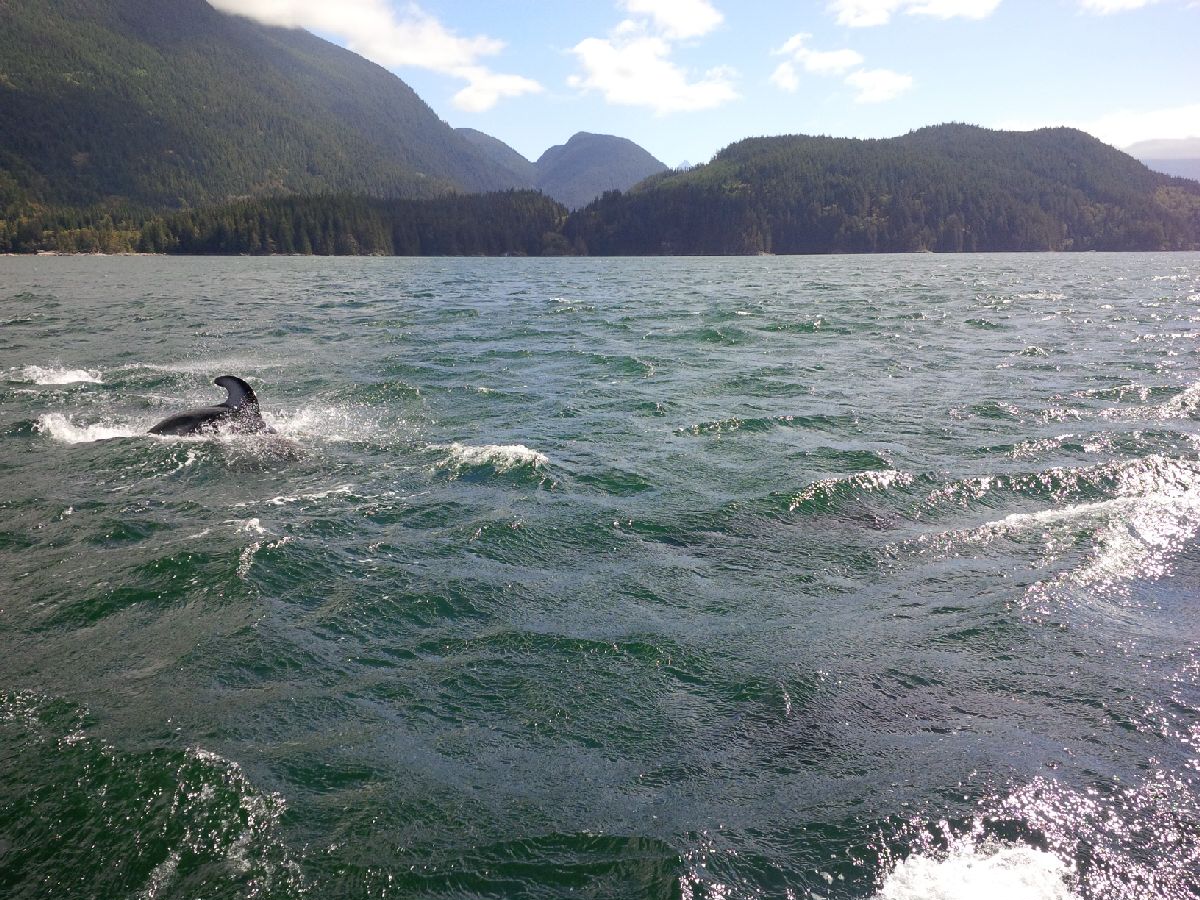Dr. Dawn-Marie Turner
This summer I got an unexpected demonstration of change leadership. While whale watching off the coast of Vancouver Island our whale boat captain reminded me of three factors necessary for successful change leadership.
Factor #1 Know your Change-Recipients
 The weather on the day of our scheduled tour was sunny but windy. While fitting us with survival suits our captain introduced himself. He then took the time to get to know each participant, where we were from, our previous experience and our readiness for the day’s adventure.
The weather on the day of our scheduled tour was sunny but windy. While fitting us with survival suits our captain introduced himself. He then took the time to get to know each participant, where we were from, our previous experience and our readiness for the day’s adventure.
Similarly, when planning for organizational change you need to know the people or groups who will be affected by the change.
Conducting a change-recipient analysis can help. A change-recipient analysis gives you insight into the specific groups or individuals affected. It also provides information about the change-recipients impact on achieving your intended outcome, their perception of the size of change, and the level of involvement required for successful adoption.
Editor’s note: In the Executive Change Leader Course (online) you will use the change-recipient analysis template and identify what’s needed to build a flexible plan. Learn more about the course.
Factor #2 Maintain Active Communication Throughout The Journey
With everyone gathered around the map the captain explained the wind would mean some rough water. However he outlined a route that would minimize it, and although slightly longer, would be more comfortable.
The rough water came quicker than I expected. At least one person struggled to hold back seasickness. I hung on like I was riding a roller coaster with no shock absorbers. Alert to the conditions our captain informed us we needed to take a detour.
The same thing can happen with organizational change. Even with detailed planning, you may need to make a detour. For example to achieve your intended outcome you may need to implement an unplanned change due to a sudden shift in the market, or go back to a previous state before moving forward.
When the need for a detour arises actively communicating the conditions to the change-recipients helps build and maintain readiness. Because the captain explained the reason for the detour, what we could expect, and how it would influence our journey, the tour still felt organized and I looked forward to what we might see. Conversely, when a detour is not actively communicated, the change initiative can feel disorganized and chaotic to the change-recipients.
Factor #3 Create a Flexible Plan
At the halfway point of our adventure, while docked at a local fishing lodge we assessed our progress. The water had not calmed with the incoming tide as expected. Another boat that had tried to get up the strait had to turn back due to the swells. We needed to revise our planned route.
Much like our tour, it’s not uncommon during organizational change to have to revise your plan. A transition plan can provide a sense of stability and reduce the uncertainty during change, if it is flexible. A flexible transition plan reflects the emergent, iterative nature of change. It has enough structure to support both the Event and the Whitespace. At the same time it also has enough latitude built in to respond to internal or external conditions and the change-recipients level of readiness.
Organizational change can be uncomfortable for everyone. Making the time to know the change-recipients, actively communicate, and create a flexible plan will reduce the discomfort, help build readiness and prevent resistance.
HELPING YOU MOVE CHANGE FROM A LIABILITY TO AN ASSET FOR YOUR ORGANIZATION!

How to help your employees when positions are being deleted, but they’re not being let go

Three Steps To Get Your Employees Ready For Change
 https://thinktransition.com/wp-content/uploads/2012/08/iStock_000005461904Small.jpg
619
775
dawnmarie
https://thinktransition.com/wp-content/uploads/Turner-Change-Management-logo-1.jpg
dawnmarie2016-07-28 05:08:462025-02-04 17:21:37Oh No! Don’t Yo-Yo: Three Actions for Creating Sustainable Change
https://thinktransition.com/wp-content/uploads/2012/08/iStock_000005461904Small.jpg
619
775
dawnmarie
https://thinktransition.com/wp-content/uploads/Turner-Change-Management-logo-1.jpg
dawnmarie2016-07-28 05:08:462025-02-04 17:21:37Oh No! Don’t Yo-Yo: Three Actions for Creating Sustainable Change



